With "pre-show" festivities of the annual Consumer Electronics Show's 2014 edition in the books, AppleInsider takes a look at some of Monday's less-popular — Â but still interesting — Â stories from the show floor.
Television
Roku TV running on a Hisense-brand television
LG resurrected fallen iOS competitor WebOS in the South Korean giant's new range of "Smart TV" connected televisions. The platform — Â which LG says will power 70 percent of its connected sets in 2014 — Â sports a slick user interface and has been bestowed with several useful touches, like the ability to recognize when a user connects an external device and present contextually-relevant menu options.
The new sets come bundled with apps for popular services including YouTube, Facebook, Skype, and Twitter, and users will be able to download new apps and content from the LG Store. LG has not yet released pricing or availability information.
Meanwhile, streaming content company Roku announced partnerships with Chinese manufacturers TCL and Hisense for their own connected television platform, Roku TV. Under the agreements, the same software that powers Roku's popular streaming boxes will be adapted and pre-loaded on sets from the two TV makers.
Roku says the content available on Roku TV will be identical to the options present on the company's streamers, and the sets will come with a new 20-button remote control, which the company touts as being half the number of remote controlled buttons as traditional televisions. Pricing is not yet available, but Roku TV units are scheduled to hit retail outlets in the fall.
Wearables
Not content to stop at televisions, LG also unveiled two new wearable fitness devices on Monday. The Lifeband Touch is a wrist-worn activity tracker similar to a Nike Fuelband, while LG's Heart Rate Earphones are Bluetooth-enabled in-ear headphones that measure biometric data like heart rate and maximum oxygen consumption from the external portion of the ear.
Lifeband Touch sports an OLED display that, in addition to the time and standard biometric data, can be configured to relay notifications from a connected smartphone. The Heart Rate Earphones can also be configured to send data to the Lifeband Touch for display. Both devices are slated for release in the first half of 2014 with pricing yet to be determined.
The wearable parade continued with the Polar V800, a combination fitness tracker and GPS wristwatch. Polar's entry provides more granular detail than most other activity trackers, collating data from individual training sessions to forecast recovery time and help users get adequate rest between sessions.
Polar's V800 also brings other unique features like integrated GPS, a built-in barometric pressure sensor for more sensitive altitude tracking, and the ability to monitor heart rate while swimming under water. The tracker comes in black and blue and will be available for purchase in April for $449.95, or $499.95 with heart rate monitor.
Robotics
French technology company Parrot announced two new iOS-controlled robotic devices, a small jumping robot dubbed the Jumping Sumo and a miniature flying drone the firm is calling the MiniDrone. Both products were first outed by The Verge.
The Jumping Sumo is a two-wheeled, floor-bound bot that the publication says can make near-instant 180-degree turns and spring-assisted jumps up to three feet, while the MiniDrone is a palm-sized quadrocopter. Both devices are controlled with iOS apps and feature built-in cameras.
Parrot's MiniDrone connects with Bluetooth 4.0, while the Jumping Sumo takes advantage of 802.11ac Wi-Fi. Parrot has not yet released availability and pricing information.
At the same time, Orbotix unveiled a second-generation remote-controlled device of its own, showing off the new, tubular Sphero 2B. The Sphero 2B is a ruggedized version of the iOS-controlled toy sold in Apple Stores around the world, featuring knobby, replaceable tires and new multiplayer games.
Sphero's latest entry is also fully programmable, and the company urges users to "embrace your inner hacker." Sphero 2B will go on sale this fall for "$99 or less."
Telecom
AT&T Mobility chief Ralph de la Vega announced that the carrier plans to support HD Voice on its network sometime this year, according to a report from The Verge. HD Voice uses wideband technology — Â including new audio codecs and an expanded audio range — Â to vastly improve the audio quality of mobile phone calls and reduce background noise.
With AT&T's launch, Verizon Wireless will be the only one of the big four wireless carriers not to implement HD Voice.
Elsewhere on Monday, newly-minted AT&T arch-rival T-Mobile announced a $3.3 billion deal to purchase a chunk of 700 Mhz wireless spectrum from Verizon Wireless. T-Mobile says the swap will help the carrier boost in-building signal strength and extend rural coverage, as well as coverage "at the edge of cities and in less densely populated areas."
As part of the deal, the two companies will "realign" an additional $950 million worth of spectrum in California and Georgia.
 Shane Cole
Shane Cole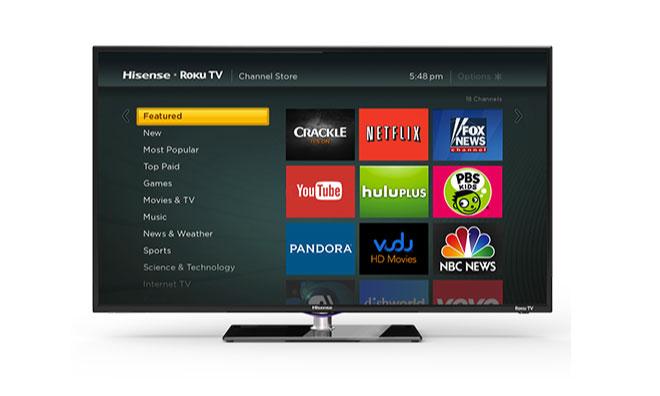
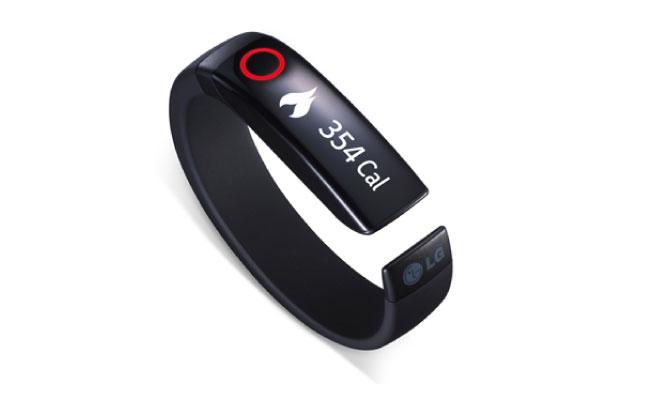

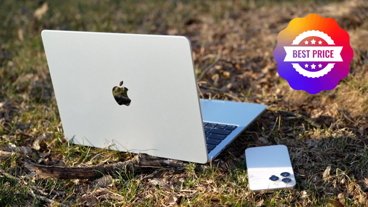
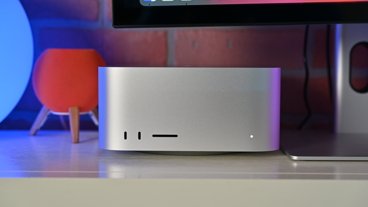

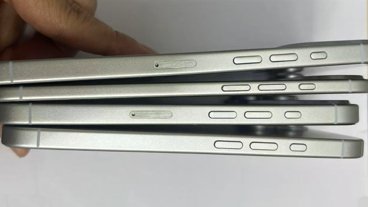



-m.jpg)





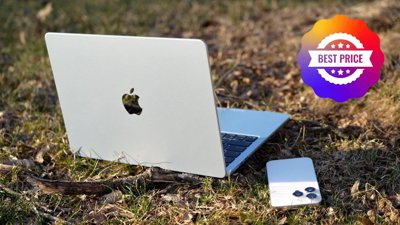
 Christine McKee
Christine McKee
 Malcolm Owen
Malcolm Owen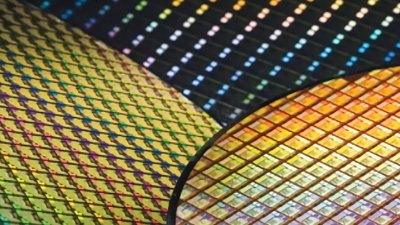
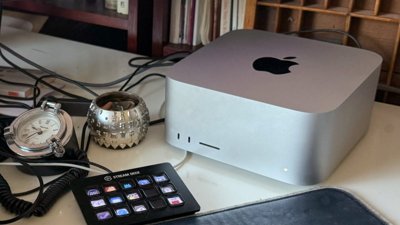
 William Gallagher
William Gallagher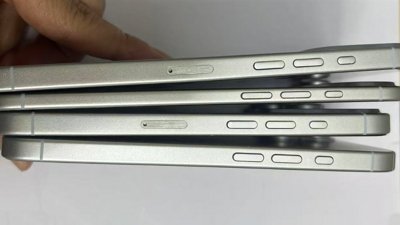

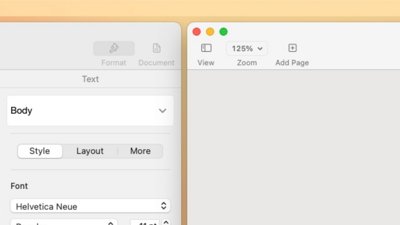
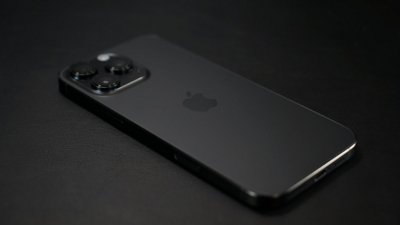
 Wesley Hilliard
Wesley Hilliard
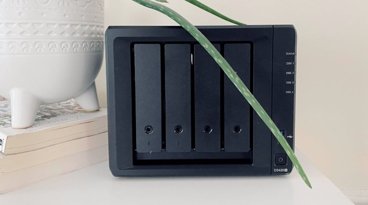



-m.jpg)




18 Comments
Hey, don't joke about robots ruling. I just watched the Cylons try that!
Cyclons
One thing that had very little attention was AMD's Mullins tablet APU.
If their results are to be believed, Mullin's is a very capable mobile APU.
While I don't doubt Mullin's GPU capabilities (a strong point for AMD), the CPU performance I'll proceed with some skepticism until I see some additional results.
On the CES show floor they'll be demonstrating a Mullin's tablet, 'Discovery Project'.
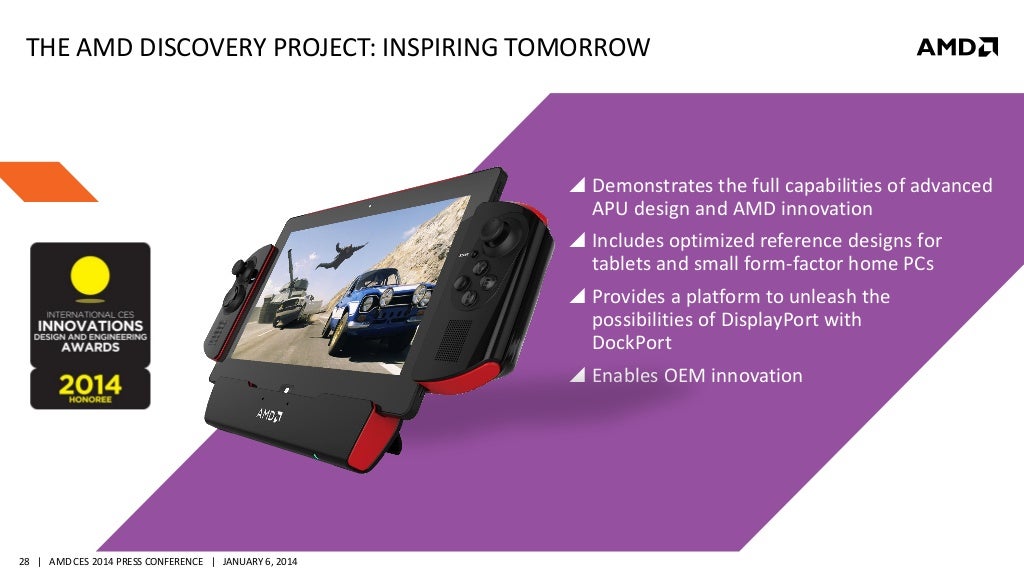
They also took some time to touch upon their FirePro GPUs inside of the Mac Pro:
A few new tech-innovations for 2014 are featured at-- Tab l et Sp r i nt - The new SmartQ Z-Watch ($155) is a smartwatch from Smart Devices, a company that introduced the world's first tablet with a built in DLP projector - winning a prestigious 2013 CTIA E-Tech Award; and now its Smart Q Z-watch is gaining notice for its features and design and compares to Samsung's Galaxy smart watch at nearly half the price, offering a high performance 1 Ghz processor, a super high resolution color touchscreen and works with Android smartphones with an O/S update to work with Apple's iOS sometime in January. Two other new Android tablets to launch this month include a 3G HSPA tablet - the 8-inch Ramos K2 ($229) -- with a built-in SIM slot -- plus is one of the first Android tablets with both 3G Internet and Voice Calling capability (which works well with Bluetooth headsets for phone calls) and easily works with GSM Carriers worldwide, including any wireless plan through ATT, T-Mobile and Straight Talk; this new model also is the first 8" Android tablet with dual front speakers with premium sound quality. Also available is a 12- inch Android tablet, the Ramos i12 ($299) - that offers a powerful new Intel processor and a Full HD 1920x1200 display. Tab l et Sp r i nt -- also adds in a Top 10 bonus Apps package with each tablet; and also features a promotion with free 4G Internet with 500MB of data every month (4G adapter included) which is a fairly remarkable offer to get Internet on a tablet with service nationwide.
One new tech-innovation for 2014 is featured at -- TabletSprint -- The innovative new SmartQ Z-Watch ($155) is a smartwatch from Smart Devices, a company that introduced the world's first tablet with a built in DLP projector - winning a prestigious 2013 CTIA E-Tech Award; and now its Smart Q Z-watch is gaining notice for its features and design and compares to Samsung's Galaxy smart watch at nearly half the price, offering a high performance 1 Ghz processor, a super high resolution color touchscreen and works with Android smartphones with an O/S update to work with Apple's iOS in January.